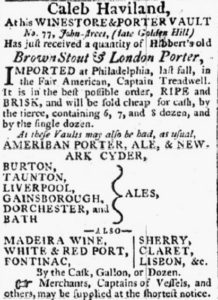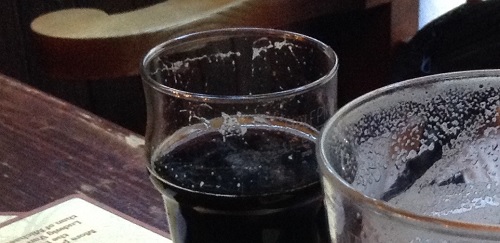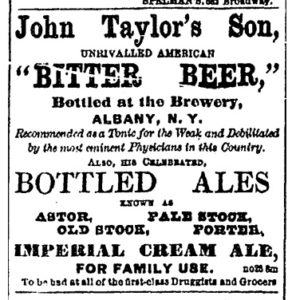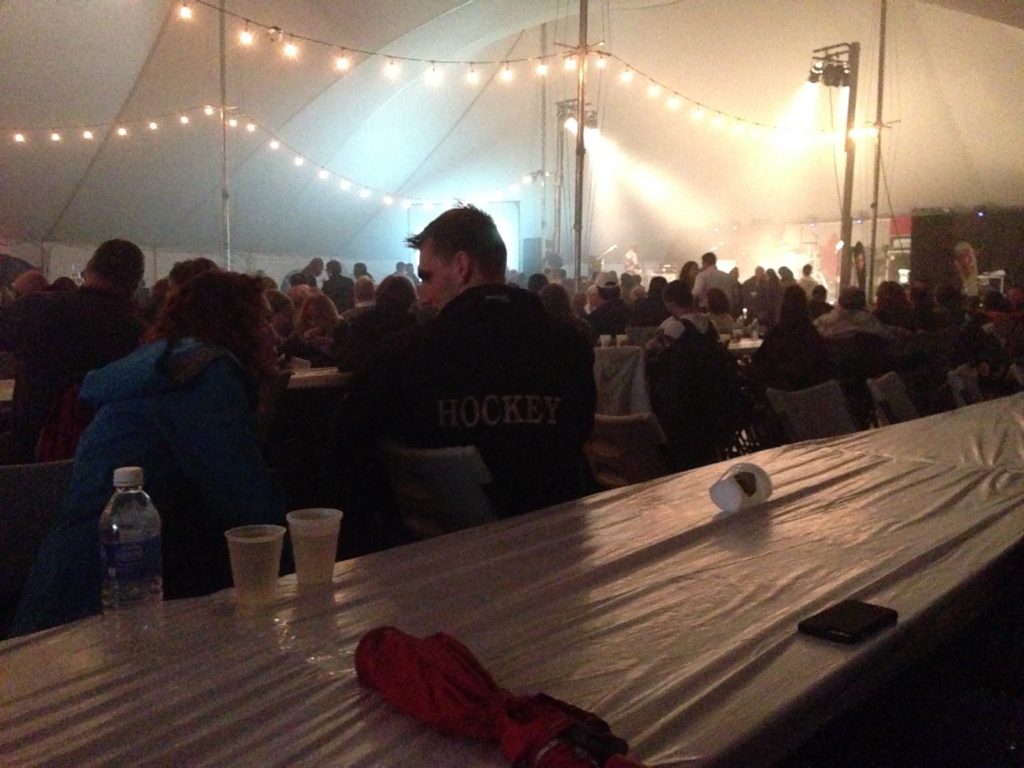 It’s here! It’s here! The new phone book is here!!!!
It’s here! It’s here! The new phone book is here!!!!
Well, OK… it’s not that exciting but the Master Framework Agreement dated 22 September 2015 is here. Last April I discussed the process of reforming Ontario’s beer retailing. I won’t really go into it again except to say I am still not convinced it will make that much difference to me as a beer buying consumer. It may well turn out to make a significant difference to less finicky buyers and also the brewers of Ontario. But that will take some time to play out. Give it time. Today, then, in addition to providing you with that .pdf of the final deal amongst the existing retailing interests up there under that first link, well, I thought we might spend some time considering a key definition. Being a lawyer, I always check out the definitions. See, the general idea as described in the Toronto Star today is that about 33% more retail outlets will be licensed in the form of a modest number of grocery stores over the ten year term of the deal. And in many retail outlets more space will be provided for craft or small brewers. 20% of the shelf space.
Well, actually only “small” as the word “craft” only appears four times in the agreement and only in the context of the “Ontario craft beer” subcategory to be used in the merchandising of beer. So… that means the deal is about “small” and, well, let’s be honest… “small” has not been all that “small” when used in these sorts of contexts and in these sorts of laws, is it. Here, then, is the definition in the agreement upon which the whole concept turns:
“Small Brewer” means, in respect of a Sales Year, a Brewer that meets each of the following qualifications in respect of the prior Production Year:
(a) it has worldwide production of Beer in the previous Production Year that was not more than 400,000 hectolitres or, if this is the first Production Year in which it manufactures Beer, worldwide production of Beer for the Production Year that is not expected to be more than 400,000 hectolitres;
(b) it is not a party to any agreement or other arrangement pursuant to which any Brewer that is not a Small Brewer manufactures Beer for it;
(c) is not a party to any agreement or other arrangement pursuant to which it manufactures Beer for any Brewer that is not a Small Brewer; and
(d) any Affiliate it has that manufactures Beer meets the qualifications set out in (a), (b) and (c) above.
For purposes of this definition:
(e) the following will be included in determining the amount of a Small Brewer’s worldwide production of Beer for a particular Production Year:
(i) all Beer manufactured during the Production Year by the Small Brewer, including Beer that is manufactured under contract for another Brewer, whether or not that other Brewer is a Small Brewer;
(ii) all Beer manufactured during the Production Year by an Affiliate of the Small Brewer, including Beer manufactured by the Affiliate under contract for another Brewer, whether or not that other Brewer is a Small Brewer; and
(iii) all Beer manufactured during the Production Year by another Small Brewer under contract for the Small Brewer or for an Affiliate of the Small Brewer; and
(f) an agreement or arrangement referred to in clause (b) of this definition does not include an agreement or arrangement that provides only for the final bottling or other packaging by a Brewer that is not a Small Brewer, including any incidental processes such as final filtration and final carbonation or the addition of any substance to the Beer that, if added, must be added at the time of final filtration.
The Board may on or before the date of this Agreement designate Qualifying Brewers, other than the Original Owners, to be Small Brewers for purposes of this Agreement. Once a Brewer qualifies as, or is so designated as, a Small Brewer it shall remain a Small Brewer for so long as it remains a Qualifying Brewer and does not become an Affiliate of a Brewer that is not a Small Brewer. As of the date of this Agreement, the Board has designated each of Brick Brewing Co. Limited and Moosehead Breweries Limited to be a Small Brewer.
First, notice that the definition relates to worldwide production. This is not a definition which protects Ontario brewers. Considering the network of international trade treaties we are subject to here in Canada that is likely a reality which was generally acknowledged early on. Next, notice that the threshold for small is actually smaller than a lot of smalls you may have seen before. 400,000 hectolitres, Google tells me, is 340,867 US beer barrels. Which means Sierra Nevada doesn’t qualify. Fuller’s does. Contract brewing is out if the actual brewer it itself not a small brewer under the definition. Or if the small brewer, interestingly, contract brewers for another brewer which is itself not small. That’s interesting. One more thing. Notice Moosehead and Brick are deemed to be small. Brick brews around 500,000 hl. Close enough for jazz. Moosehead, however, produces over 1.25 million hectolitres worldwide. Despite this, as it is specifically included in the definition it does not have to pass the test. It and Brick are deemed to be small. Right to the front of the line, Mr. Moosehead.
Think about it. Who has been cut out of the deal from day one? That’s what the definition is about. Who is not included? For those included, the rest of the agreement is what sets out the rules. If you are excluded from the deal entirely according to the definition… nothing else really matters that much.
 Versions of this advertisement ran in newspapers in New York though the middle of 1798. This one is from the New York Gazette of 12 March. There is a reason the run ended when it did. On November 23 of that year Caleb Haviland’s widow is granted letters of administration after he dies without a will. Which is unfortunate as he seemed to have a good bit of business going for himself. You can go see where his shop was located on 77 John Street in Lower Manhattan but it looks a bit different now. You can see what the district is like at this page from Forgotten New York.
Versions of this advertisement ran in newspapers in New York though the middle of 1798. This one is from the New York Gazette of 12 March. There is a reason the run ended when it did. On November 23 of that year Caleb Haviland’s widow is granted letters of administration after he dies without a will. Which is unfortunate as he seemed to have a good bit of business going for himself. You can go see where his shop was located on 77 John Street in Lower Manhattan but it looks a bit different now. You can see what the district is like at this page from Forgotten New York.





